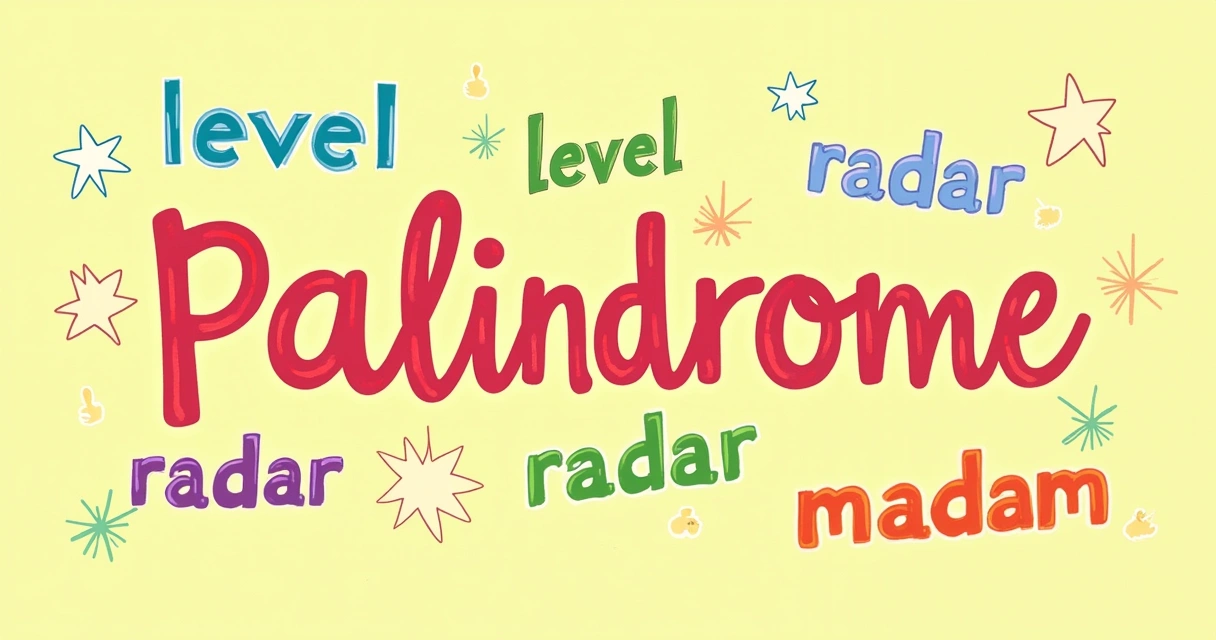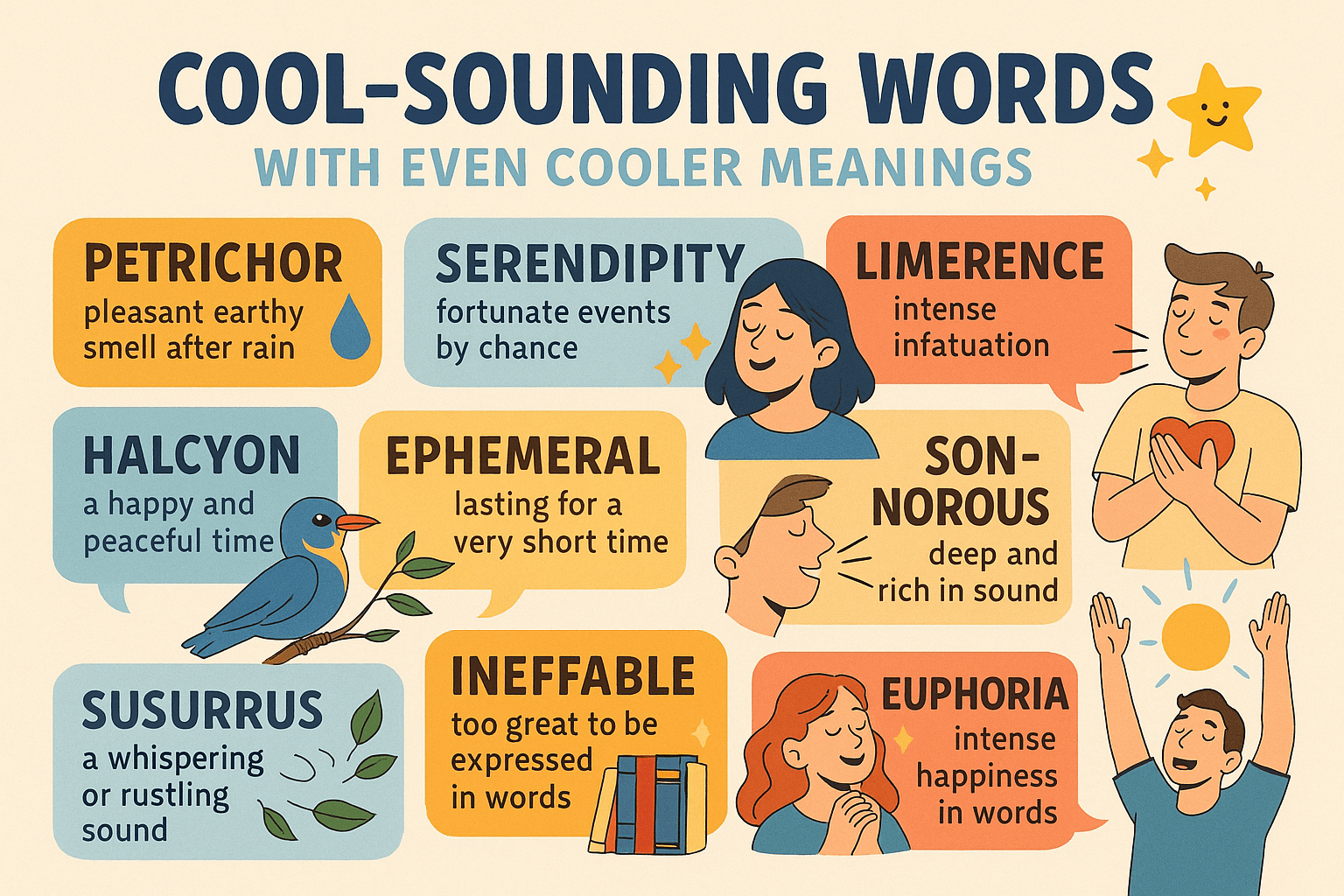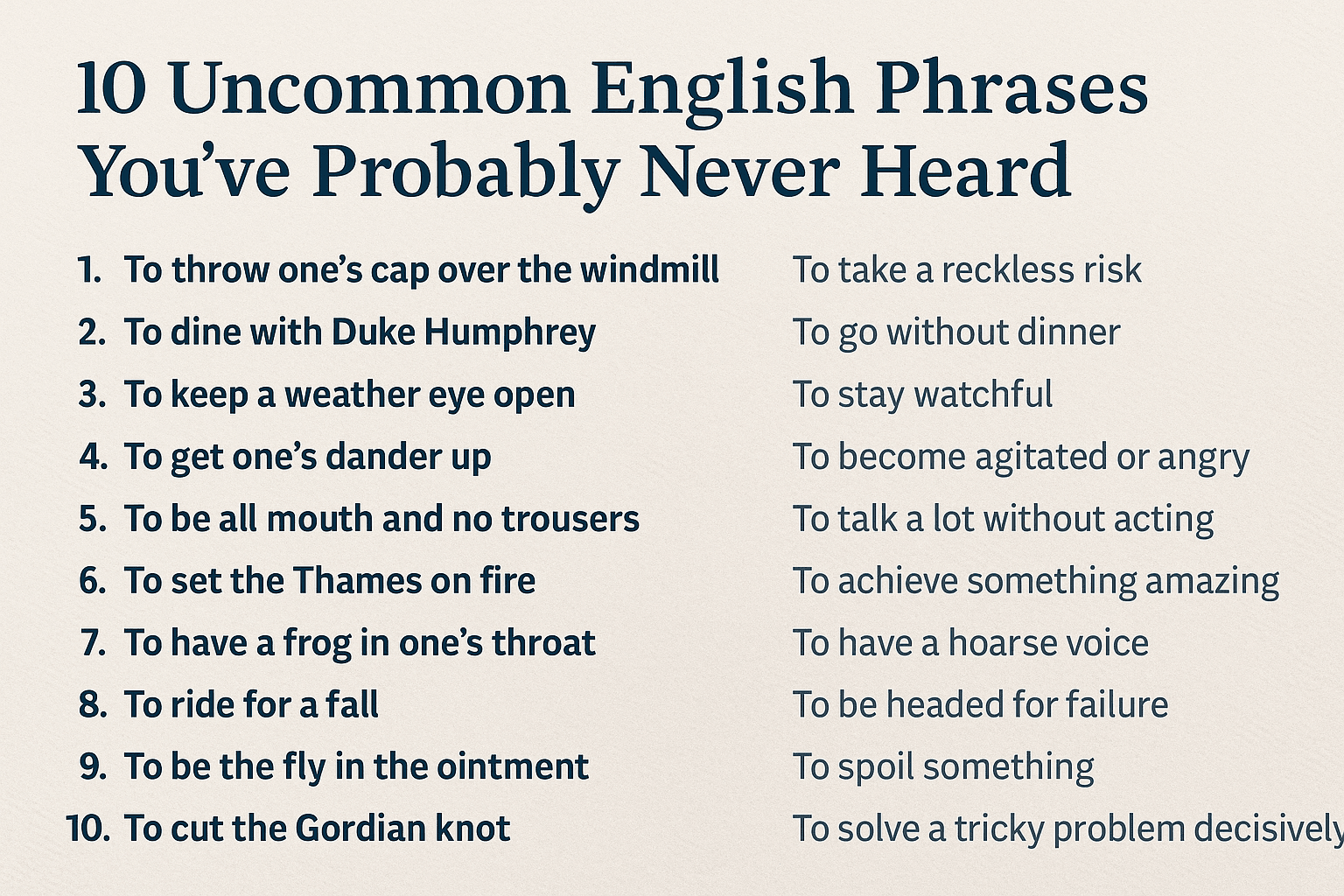Have you ever glanced at a word, only to suddenly notice—almost by accident—that it looks exactly the same when read backwards? If so, you’ve had a brush with the curious world of palindromes. These little wonders hide in plain sight, waiting for someone to spot their symmetry. At Lingo Curious, we don’t just explain what palindromes are; we like to show how they shape the playful corners of language and sneak into daily conversation with unsuspected elegance.
Maybe you’ve heard of palindromes before, or maybe all you remember is being told that “racecar” is one. Either way, there’s more charm packed into these mirror-like words than meets the eye. Today, we’ll look closely at what makes palindromes tick, tell a few stories (and perhaps a confession or two), and walk through 15 especially fun examples.
Palindromes are words that read the same backwards and forwards. Simple, but magical.
What makes a palindrome?
First things first: a palindrome is a sequence that reads identically whether you go left-to-right or right-to-left. Usually, palindromes are words (like “level”), but they can also be numbers (like 1331), phrases, or even entire sentences. Spaces, capitalization, and punctuation are almost always ignored in palindromic phrases and sentences—but with single words, it’s all about the letters.
Even the origin of the term itself is a bit poetic. “Palindrome” comes from Greek: “palin” (again) and “dromos” (way, direction). Oddly enough, it was first coined in English by Henry Peacham back in 1638 (more on this fascinating backstory here). There’s history here. Ancient history, in fact. But we’ll come back to that in a minute.
When you spot a palindrome, it’s tempting to wonder: is there something almost… mathematical about it? That tidy symmetry can feel almost too perfect—especially in a language as famously inconsistent as English. Sometimes, people see palindromes as little linguistic puzzles. And like any puzzle, the fun is partly in spotting them. Perhaps for some, it’s a kind of gentle mind-game every time the word “noon” flashes by on a clock face, or a sign says “level crossing.”
A very (very) brief stroll through palindrome history
Humans go way back with palindromes. There’s something ancient in the urge to mirror and repeat. The Sator Square, for example, is a Latin word square found in the ruins of Pompeii—and it reads identically in four distinct ways: up, down, left, right (it’s a 2D palindrome). Even the Greeks got in on the act early, with inscriptions like “ΝΙΨΟΝ ΑΝΟΜΗΜΑΤΑ ΜΗ ΜΟΝΑΝ ΟΨΙΝ” found in old church fonts. It loosely means, “Wash [your] sins, not only [your] face.” Weirdly moral for something so playful, but there you go.
Across ages and cultures, palindromes have been used in magic, poetry, prayer, riddles, games, and all sorts of secret codes. At Lingo Curious, it feels almost reassuring to know that fascination for wordplay isn’t exactly a modern invention.
The magic of symmetry: why do palindromes matter?
Is there any practical use for palindrome words? Well, maybe not every day—at least, not in an obvious way. But the magic is often more subtle than utility.
Think about these:
- Palindromes are puzzles in plain sight.
- They challenge our attention to detail.
- Symmetry appeals to our brains; psychologists have mused that we’re drawn to balance and repetition.
- Sometimes, they sneak into poetry or music as playful flourishes.
- In some cultures, they’re thought to carry a kind of power or luck
Whether or not you believe in lucky words, there’s a certain delight in stumbling across a palindrome. Even the act of searching for them can feel almost meditative—an odd little pleasure for curious minds.
Fifteen palindromic words and why they stick with us
Now to the real heart of things. Some palindromic words are common, others nearly never show up outside word lists or spelling bees. A few are so odd you might think they were invented just for the fun of symmetry. Since you’re here with Lingo Curious, we’ll give not only the word but what makes each of them stick.
- civic One of the first palindromes most people spot. It contains “v,” which isn’t all that common to see mirrored in the middle of a word. “Civic” is also about community—a nice reminder that palindromes can be hidden in everyday concepts.
- level How can a word capture perfect equilibrium while also being balanced? The word almost hints at its own geometry. I always think of someone carefully balancing a beam—silent, patient, precise.
- noon Four letters that mark a specific point in our day, and a delight every time a digital clock reads 12:21. Oddly, “noon” is one of the earliest palindromes kids recognize, probably because it stares at them from their lunch break schedule.
- madam Classic and playful. For some, it conjures an old-fashioned greeting; for others, maybe the world of mystery novels or period films.
Look again. It reads the same both ways.
- racecar Would race cars go just as fast run backwards? This one’s bound to appear in English classes everywhere. Maybe there’s a teacher somewhere, right now, grinning as a student discovers it for the first time.
- refer Not just a palindrome, but a word about turning things back. To refer is to send something the other way. There’s a nice bit of wordplay hiding here—almost an in-joke in plain sight.
- deified Perhaps the most dramatic palindrome on this list. It literally means someone or something made into a god, which feels a little apt. This word lifts palindromes to mythic heights.
- rotator True, you probably don’t say this one every day. But it works in sciences (think machinery) and in human anatomy (rotator cuff). A palindrome that turns things around. Fitting, right?
- repaper A rare visitor in real-world sentences, unless you’re talking about home repairs. But tell someone this word is a palindrome, and watch them double-take.
- kayak A boat and a palindrome, both designed for smooth travel in either direction. There’s harmony here that feels quietly satisfying.
- radar Whether you’re talking about radio waves or just someone who’s always “on your radar,” this is a palindrome that also watches both ways.
- solos A word about standing alone, but full of mirrored company. Sometimes palindromes are a bit mischievous, aren’t they?
- stats Abbreviation for statistics, and a palindrome. Used so often in speech, but most people hardly notice its mirrored quality.
- minim A tiny word about smallness (in music, it means a half note). A palindrome hiding in the realm of the minimal.
- tattarrattat By far the longest single-word palindrome coined in English, thanks to James Joyce in “Ulysses.” It’s supposed to sound like a knock on the door (and yes, it’s in the dictionary).

Palindromes across borders and languages
Not every language has palindromes that work the same as in English. That’s part of the fun. For example, Finnish boasts the word “saippuakivikauppias,” meaning “soapstone seller.” It’s the world’s longest single-word palindrome, and far more elegant in its native tongue than in translation (see more international palindromes here).
Spanish uses “reconocer”, and Danish has several, including “regninger” and “snerrens.” Why do palindromes appear around the globe? Language is playful everywhere, though people don’t always agree on what counts as a “real” palindrome (does it need to be used every day, or does it just have to work?) (read more about their universal appeal).
English, of course, borrows ideas from all over, so palindromes here often reflect a patchwork of styles and sounds borrowed from other tongues. There’s an odd comfort in knowing people have played the same little language games in wildly different places and times.

When palindromes go beyond words
So far, we’ve mostly focused on words. But there’s a special thrill in stumbling over entire palindromic phrases and sentences. For English, these are often a bit silly, but sometimes they’re poetic or profound—other times, just fun to spot.
- A man, a plan, a canal: Panama! Probably the most famous English palindrome sentence. Ignore the punctuation and spaces: it’s mirrored perfection.
- Was it a car or a cat I saw? This one feels almost like a riddle, or a question you didn’t expect to ask.
- Step on no pets. Because animal lovers deserve palindromes, too. And the advice holds either way.
- Never odd or even. It says what it is. Maybe it doesn’t matter which way round you look at things.
- Eva, can I see bees in a cave? The sort of question you wish people would actually ask.
Of course, palindromic sentences are best read aloud. There’s something about the rhythm—sometimes awkward, sometimes musical—when a whole phrase folds back into itself. Some of these take on almost riddle-like qualities. In some cultures, they were even used as spells or charms. That might be a stretch for daily life, but the magic lingers.

Palindrome quirks and oddities: what about numbers?
If you’ve ever checked your clock at 12:21 or 11:11, you’ve experienced palindromic numbers—a sort of cousin to palindromic words. These number-palindromes pop up more often than people realize, perhaps because our minds are tuned to spot symmetry (or maybe because quirky clocks are hard to ignore).
There’s something soothing about the regularity. Even lottery numbers sometimes turn out palindromic, though luck may not really come into it. In a way, humans are drawn to repeated forms—one of the thousand reasons palindromes keep returning.
The hidden power of palindromes in language
Why do we remember palindromes? There’s good evidence our brains enjoy patterns and predictability; repetition is often how we learn. Interestingly, studies of palindromes in multiple languages show they pop up in everything from ancient prayers to made-up nonsense words. Sometimes, palindromic symmetry is woven into stories, poetry, even computer code.
For kids (and grownups too), learning to spot palindromes can kick-start the habit of looking more closely at language. The words suddenly become puzzles, and even regular communication starts to seem more mysterious. It’s almost a sort of mindfulness for the word-obsessed: paying attention, noticing the shape as well as the sound.
Palindromes in daily life: accidental discoveries
Many palindromes show up by accident. How many times have you, or someone you know, noticed midway through writing a note that “stats” or “refer” looks odd? There’s a real delight in catching yourself out—like tripping over a loose tile and finding a secret message underneath.
Most people don’t set out to use palindromes. They just appear, as if language occasionally reaches out and winks at us. At Lingo Curious, readers regularly share their own favorite accidental finds—often with a sort of bashful excitement. It’s contagious, in the best way. Suddenly, your grocery list seems full of possibilities.

When palindromes go wrong: the near-misses
Every palindrome has its almost-twin. Words like “drawer” (so close—“reward” is the reverse), or “tenet” vs. “tenant,” can leave you feeling like the universe missed a good joke. Others tease you with one or two letters wrong. For puzzle fans, these are the almost-victories, the moments that keep the search alive.
And maybe that’s sort of the point. The true fun of palindromes isn’t just the rare, beautiful words that actually work, but the hunt itself. Spotting symmetry puts us on alert for the next surprise.
Learning with palindromes: some gentle methods
If you’d like to get better at spotting palindromes—or sneak more of them into your writing—there are a few methods:
- Write lists of words, then flip them and read backwards.
- Play palindrome games (there are lots online, and more old-fashioned versions just using paper).
- Try your hand at inventing palindromic phrases—start with short words, then string together. Longer ones often sound silly, but the fun might just be in the attempt.
- Notice place names and brand names; clever marketers sometimes slip palindromes in for that “aha” moment.
- Read poetry, or search through language trivia books. You’ll find palindromes keep showing up in unexpected corners.
Beyond the games and trivia, palindromes offer a secret for language lovers: the more you look, the more you find. Even in languages you don’t speak yet, the itch to spot patterns can reopen a kind of childlike curiosity. That’s the spirit we try to foster with every post on Lingo Curious.
In conclusion: palindromes are more than just backwards words
Palindromes aren’t just for classroom blackboards or logic puzzles. They’re flickers of balance and surprise, hiding wherever words gather. A simple symmetry, yes—but also an invitation to pay closer attention. Our brains like puzzles; language presents them in sneaky, delightful forms.
At Lingo Curious, we think palindromes are much more than an oddity. They’re little reminders to look twice, to listen for patterns, to notice the world’s secret moments of order. Even a word as familiar as “noon” gains a new, winking charm when you see it anew. And every time you spot another, you’re in good company—stretching back all the way to ancient Pompeii, that Greek fountain, and the countless teachers, students, and word-lovers who grinned at a palindrome long before there was a name for it.
Take a moment to spot your own palindromes today. Or invent one. And if language play makes your heart beat a little faster, Lingo Curious is just the place for you—where every word is a secret waiting to be read both ways. Why not join us and share your own finds? There’s always more word-wonder just around the corner.
Frequently asked questions about palindrome words
What is a palindrome word?
A palindrome word is a word that reads the same forwards and backwards. It ignores spaces and capitalization, focusing on the arrangement of letters. Examples include “level,” “noon,” and “radar.” The term originates from Greek, meaning “again” and “direction” (source here).
How are palindrome words formed?
Forming a palindrome requires arranging letters so that reading them from left to right gives the same result as reading right to left. Usually, this means placing matching pairs of letters at equal distances from the center of the word. Creating longer palindromic words is tricky, but possible—sometimes with a little creativity or playful invention.
What are some popular palindrome words?
Some of the most well-known palindrome words in English are “noon,” “racecar,” “civic,” “madam,” “deified,” “level,” “radar,” “refer,” “rotator,” “solos,” and “stats.” For more exhaustively researched examples and their variations in other languages, see data on international palindromes and dictionary guides.
Why are palindrome words special?
Palindromes are special because they create symmetrical, mirrored patterns that feel satisfying and pleasant. They challenge our attention and spark interest in the structure of language. Many cultures have given them playful, superstitious, or even spiritual meaning (see examples from around the world). Often, their best trait is simply that spotting one feels like finding a tiny secret.
Can palindromes be phrases or sentences?
Yes, palindromes go far beyond single words—they can include entire phrases or sentences. In these cases, spaces, punctuation, and capitalization are ignored. Examples include “A man, a plan, a canal: Panama!” and “Was it a car or a cat I saw?” These sentences can be witty, poetic, or just plain fun to recite. The same symmetry rules apply as with single-word palindromes.




